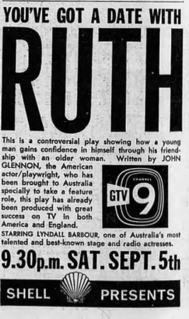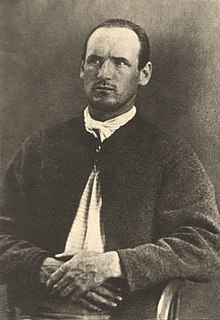Chronology of death

400 police officers and NYPD personnel responded to the emergency together with members of the Fire Department and volunteer helpers. Psychiatrist J. C. Presner was called by hotel management to make a plea to Warde, who was believed to be clinically depressed. Presner dropped a half-milligram of Benzedrine in glass after glass of water that Warde drank when NYPD Patrolman Charles V. Glasco handed each to him. [10] Presner, aware that an apparently dehydrated Warde was repeatedly asking for and drinking water, hoped the successive very small doses of Benzedrine would alleviate his melancholia. [11] Evidently, they did not. [12] [7]
Patrolman Glasco was a Woodhaven, Queens resident whose NYPD job was in the “First District Traffic Summons Squad,” as the New Yorker (magazine) reported many years later. [13] At noon, Glasco was helping the NYPD sergeant who supervised him control the traffic jam that already had started outside the Gotham Hotel as a result of numerous pedestrians and motorists trying to look at whatever was going on. [14] Both Glasco and the NYPD sergeant, standing on the street, noticed John Warde’s sister Katherine pleading with him to return to their room while she stuck her head through the window opening near Warde. [15] (Room 1714 was used regularly by a wealthy Southampton, Long Island family surnamed Valentine that had befriended Warde in 1937 following a suicide attempt he had made that year. The room contained only one window.) [16] Immediately wanting to help, NYPD Patrolman Glasco decided to pose as a civilian and then talk with Warde. [17] The sergeant, agreeing this was a good plan, told Glasco, “You always was a pretty fair actor. It’s worth trying, anyhow. Go on up to Room 1714 and tell the lieutenant I sent you. …” [18]
Donning a bellhop uniform he borrowed from a bellhop in the lobby, Glasco entered Room 1714 and attempted to persuade Warde not to jump by talking to him on-and-off for ten-and-a-half hours. They discussed baseball, ping pong, the merits of night-versus-day picnics, and other subjects. Glasco told Warde that this was his first day on the new job as bellhop, and that if he jumped, it would be bad for business and the Gotham Hotel management would have to fire him. Glasco hoped that his multiple servings of water and cigarettes that Warde consumed would enable himself to get close enough to Warde to grab him. [4] [19] Because Warde insisted upon watching Glasco drink from every glass of water before he himself drank the rest of it, that meant Glasco, too, ingested the half-milligram of Benzedrine that each glass of water contained. [20]
Warde disclosed a secret to Glasco during their time together. Glasco never revealed this secret to anyone, not even many years later, and it is unknown what the secret was. Eventually, Glasco allegedly persuaded Warde to move away from the ledge and return to Room 1714.[ citation needed ] As Warde was exiting the ledge and re-entering the hotel room, a photographer attempted to photograph Warde, causing him to jump off the ledge.[ citation needed ]. This was at least the second occasion when Warde felt betrayed by Glasco’s many assurances that he could have privacy were he to change his mind about jumping. [21] Previously, a peculiarly dressed “gaunt” [as described by the New Yorker magazine many years later] [22] man who claimed to be a priest had defied police orders to stay out of Room 1714, [23] and Warde, staring through the open window space after sunset, had seen the strange man and had returned to his precarious position on the ledge. [24]
Warde leaped feet-first at 10:38 pm, crashing into the glass marquee of the 55th Street entrance of the Gotham Hotel. His body smashed to the sidewalk. When he jumped, 10,000 people were gathered at the busy intersection of 55th Street and Fifth Avenue. Collectively, they shouted "Here he comes!" before becoming silent at the moment Warde made his plunge. [7]














